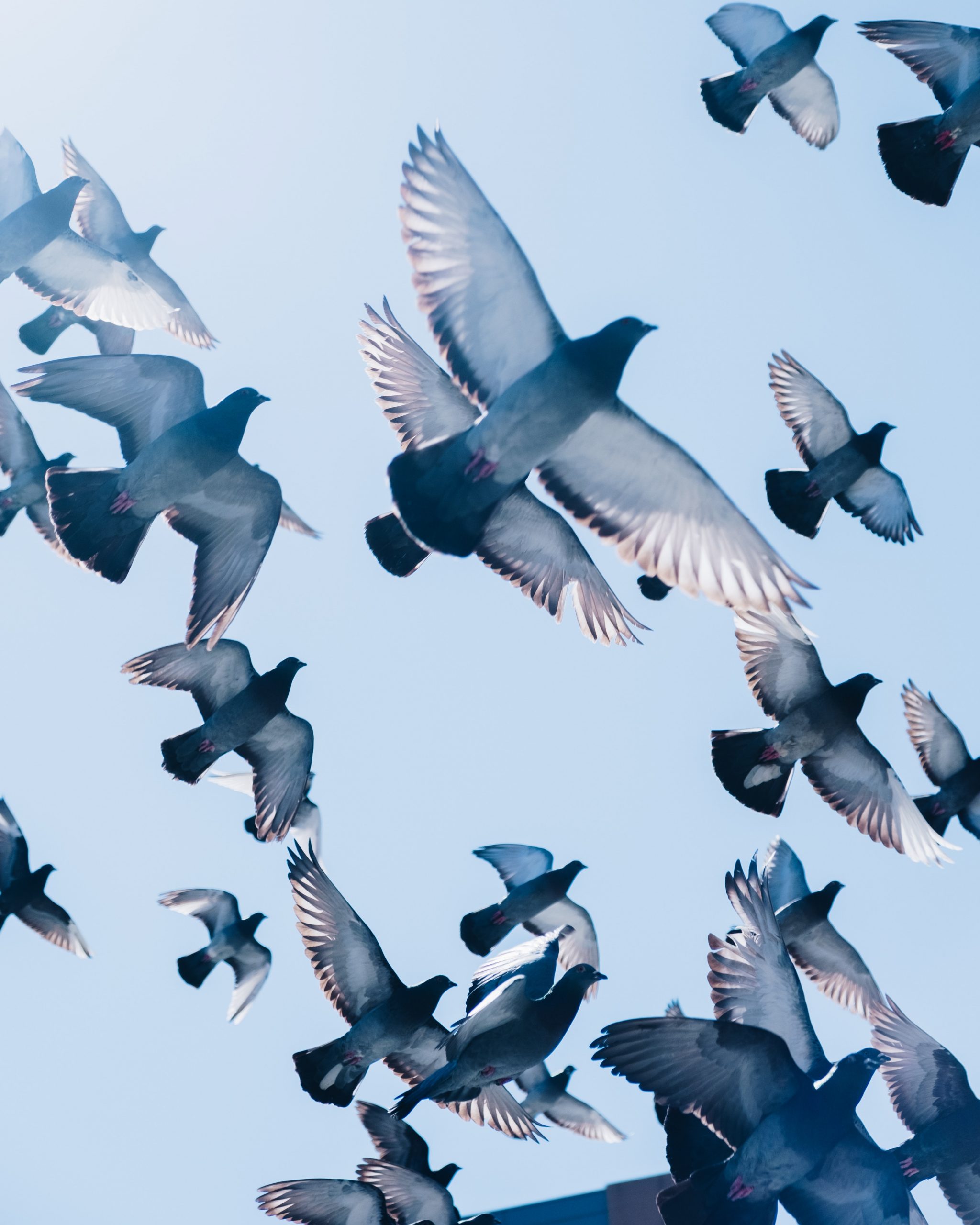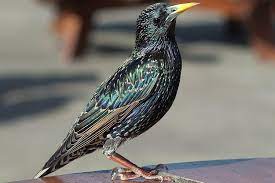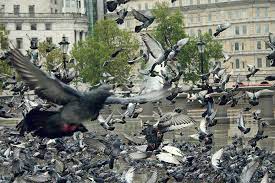Birds
Depending on the species of bird in question, the animals can create a variety of difficulties. Some of the winged animals may eat the crops in your vegetable garden, while the roosting habits of others could cause damage to buildings – in all such situations, a quick response with the right bird control product is a must. For example, many birds – particularly pigeons – have very acidic urine, meaning their droppings can cause corrosion, while debris from the creatures – like molted feathers or nesting materials can lead to blockages in guttering or ventilation shafts. Some types of birds can infiltrate the walls of your home, living inside cavity walls or in the roof space, making terrible messes and causing damage. In addition, if a bird dies in a difficult-to-access space, it could result in unpleasant smells. In addition, many birds carry bacteria and or parasites that can cause people to contract diseases like encephalitis, salmonella, meningitis, and toxoplasmosis.
Bird control solutions
The right bird control solution will depend on the type of birds that you are dealing with, as well as the type of problem they are causing. Various bird deterrents are available, with bird dispersal systems and bird scarers popular options for dealing with the pests. These often emit noises that scare away the birds – a popular choice for seagull control – while statues of owls have been known to frighten the animals away. If you’re looking for bird proofing solutions to keep the animals out of specific areas, bird netting is an effective choice that will stop the animals from roosting under ledges and other locations. The nets are provided in different sizes for dealing with different problem species – like pigeons, sparrows or starlings – and all the necessary fittings and fixings can be supplied. Meanwhile, chimney protection products will stop the birds from roosting on top of your chimney or flying inside the flue. In addition, there are a number of products specifically designed for pigeon control. These include polycarbonate or stainless steel spikes that prevent the animals from perching on surfaces like roofs, gutters, or fences. Catch-and-release bird control traps are also available, while the bird-proofing gel is a non-toxic option that repels the feathered creatures.
Prevention
- Eliminate, or reduce as much as possible, standing water and areas in which the pest birds can feed.
- Keep trash cans covered and areas clean
- Never feed pest birds.
- Trim trees away from structures; and prune those seen to attract pest bird roosting.
- Add obstructions (such as spikes or sticky glues) to ledges where pest birds roost.
- Clean gutters to prevent standing water.
- Nest removal – Continuing removal of nests, particularly during the spring and summer, can help to reduce sparrow populations.
Below, are some of the most-spread birds:
European Starling
Starlings have introduced intentionally in New York over a hundred years ago. Since then, they have spread in population and area. These birds may produce two clutches of offspring per year, each with four to seven offspring.
Pigeons
Pigeons, also known as Rock Doves, are monogamous and will lay one to two eggs that hatch within eighteen days. Young are fed “pigeon milk” which is regurgitated food from both males and females. While mating occurs year-round, the peak mating seasons are spring and fall.
Woodpeckers
Twenty-one species of woodpeckers inhabit the United States. These birds are federally protected and cannot be destroyed





